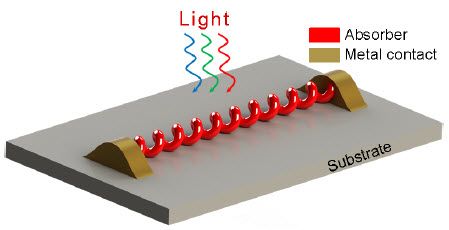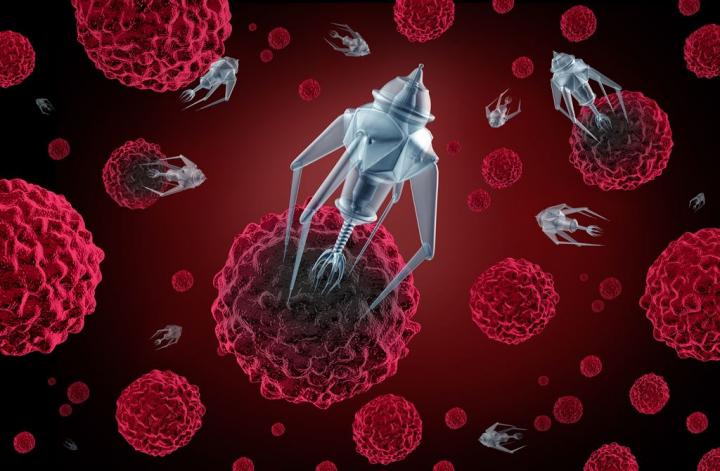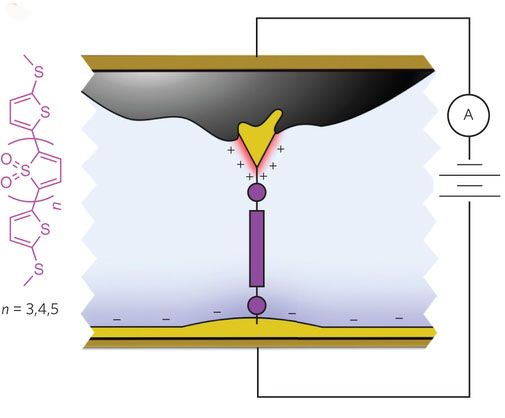
Nanotechnology and 3-D printing are two fields that have huge potential in general, but manipulating this technology and using it in biology also has tremendous and exciting prospects. In a promising prototype, scientists have created micro-robots shaped like fish which are thinner than a human hair, and can be used to remove toxins, sense environments or deliver drugs to specific tissue.
These tiny fish were formed using a high resolution 3-D printing technology directed with UV light, and are essentially aquatic themed sensing, delivery packages. Platinum particles that react with hydrogen peroxide push the fish forward, and iron oxide at the head of the fish can be steered by magnets; both enabling control of where they ‘swim’ off to. And there you have it — a simple, tiny machine that can be customised for various medical tasks.
In a test of concept, researchers attached polydiacetylene (PDA) nanoparticles to the body, which binds with certain toxins and fluoresces in the red spectrum. When these fish entered an environment containing these toxins, they did indeed fluoresce and neutralised the compounds.
Read more

















